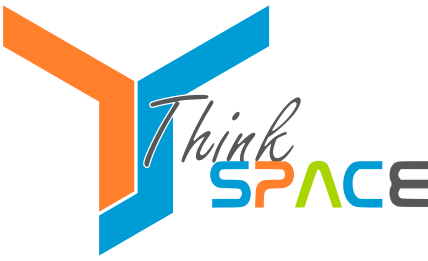All
Improving quality of 3D prints in few steps – part 1
Improving the quality of 3D prints
Part 1
Hello,
I would like to present to you in this article my way to improve the quality of 3D prints. Recently I dealt with 3D prints of skull bones. As their shape is quite complicated and there are many tabs and inlets in them. Printing such a model causes many problems, trust me. Setting the most optimal position on the table is already complicated. Supports that must be used to print the item are difficult to remove after printing. This is because the bone surface is not flat but has an irregular shape.
I wondered for a long time how to improve the surface with the support attached. It was obvious that this surface should be sanded but the file or sandpaper was out of the question, because the contact surface would be too large. The best tool for this would be a grinder. But I don't have one. Fortunately, my wife is currently making very popular gel nails. And to remove them uses a cosmetic milling machine. This is exactly the same as a drill grinder. Only with less power. (Actually, I am surprised by this device because I have always been taught not to push my hand or finger to such machines and here women just use it for this). But it turned out that the physical properties of the nail gel and PLA material are such that it is ideal for machining models with this milling machine.
Below the effect after literally several minutes of work.
Grinding tools used
We are starting to improve 3D printing
In the first step I had to print the model to be able to process it later, but it is obviously logical. The printer I used was Ender 3 with converted extruder for Direct.
Printing parameters:
- Nozzle temperature 200 ° C
- 60 ° C table
- infill 20%.
- PLA GLOW
The problem appeared at the beginning. As I wrote earlier, the shape of the element makes it difficult to position it optimally on the bed. However, I managed to do it, a large number of supports had to be used for this, which later often become a problem.
After printing the model and its detachment from the table. I had a lot of problems with pulling the support away from it. That's why I have to improve this model later.
Part of the material was glued to the main element. The most troublesome is the place with the smallest distance of the component from the table.
He proceeds to clean the element with "Cosmetic milling machine" :). I put on the right cutter and we work. First, I removed the biggest burrs. For smaller holes, I had to change the cutter to a smaller one with a ball on the tip. Everything went perfectly, the surface was really very good.
However, I still had the opportunity to sand the print in the elements where there were supports. For this purpose, I used a file and polishing block 🙂
For machining models made with 3D printing, you can use such simple cosmetic milling machines or drill grinders. Is this for removing supports. Whether for drilling holes or grinding. I think it's a nice and simple way to improve print quality.
Of course, this was not the end of improving the print but I will describe it in the next article.
I invite you to discuss in the comments and like our page on Facebook.









Comments